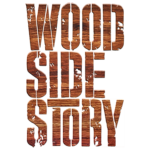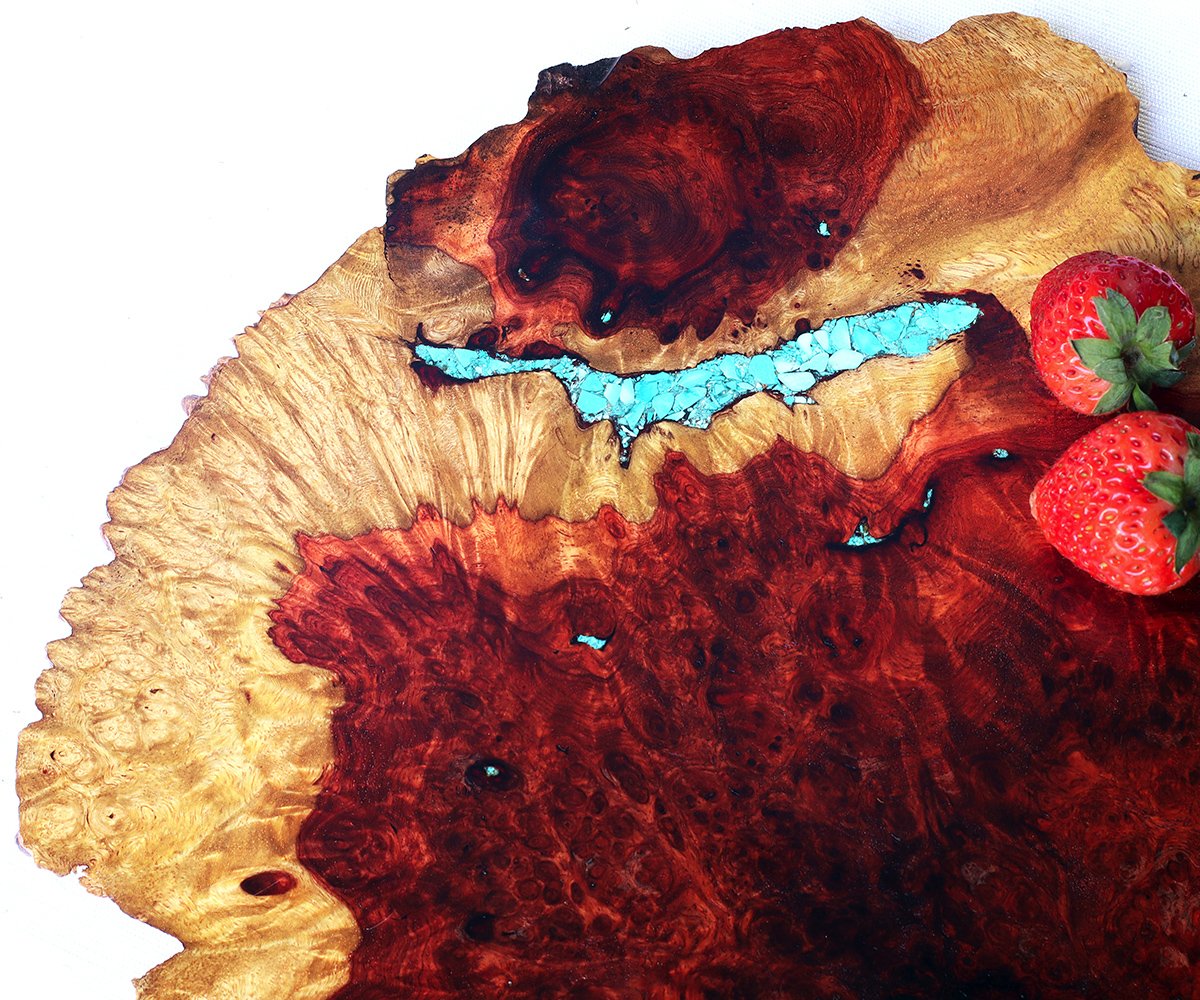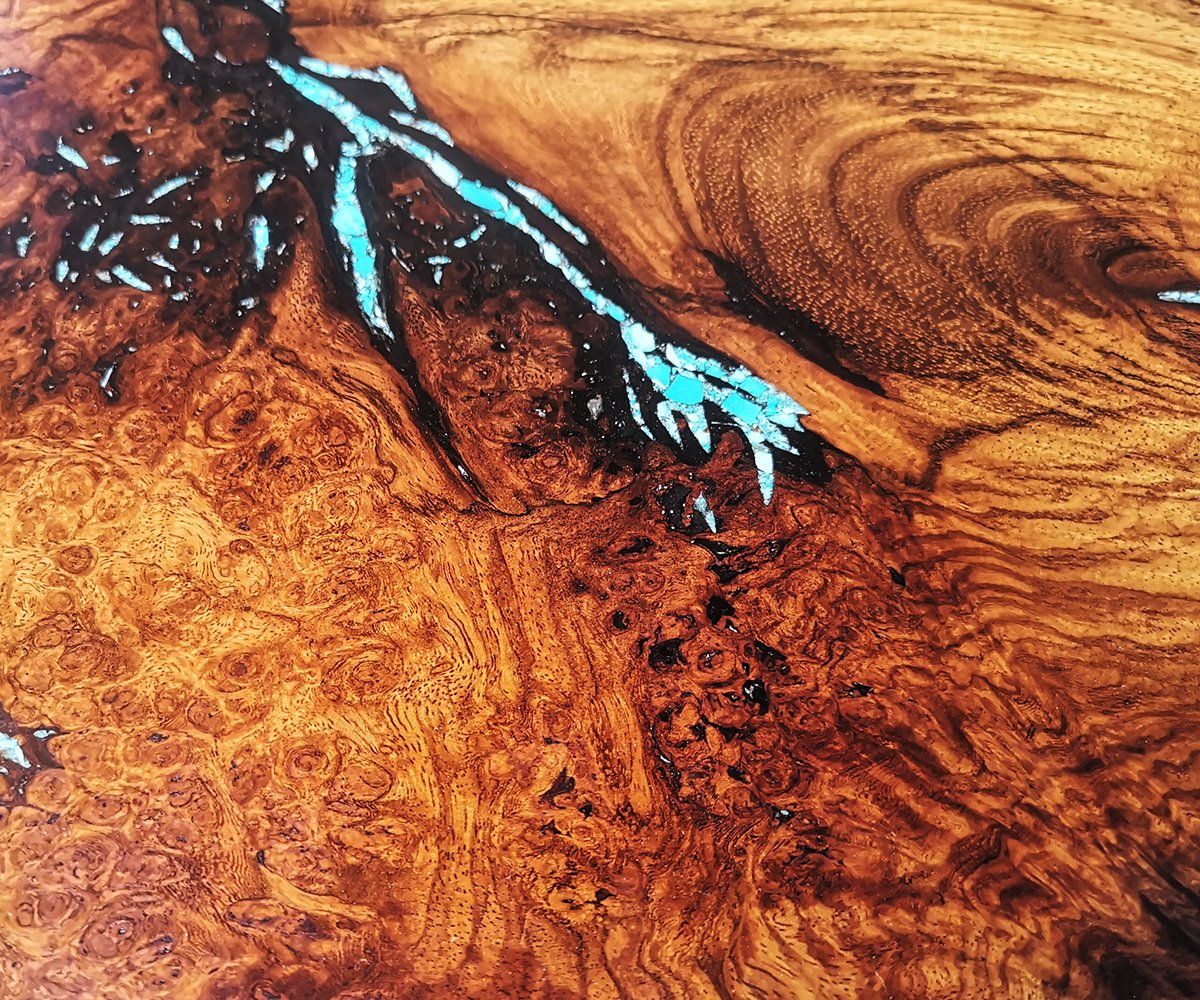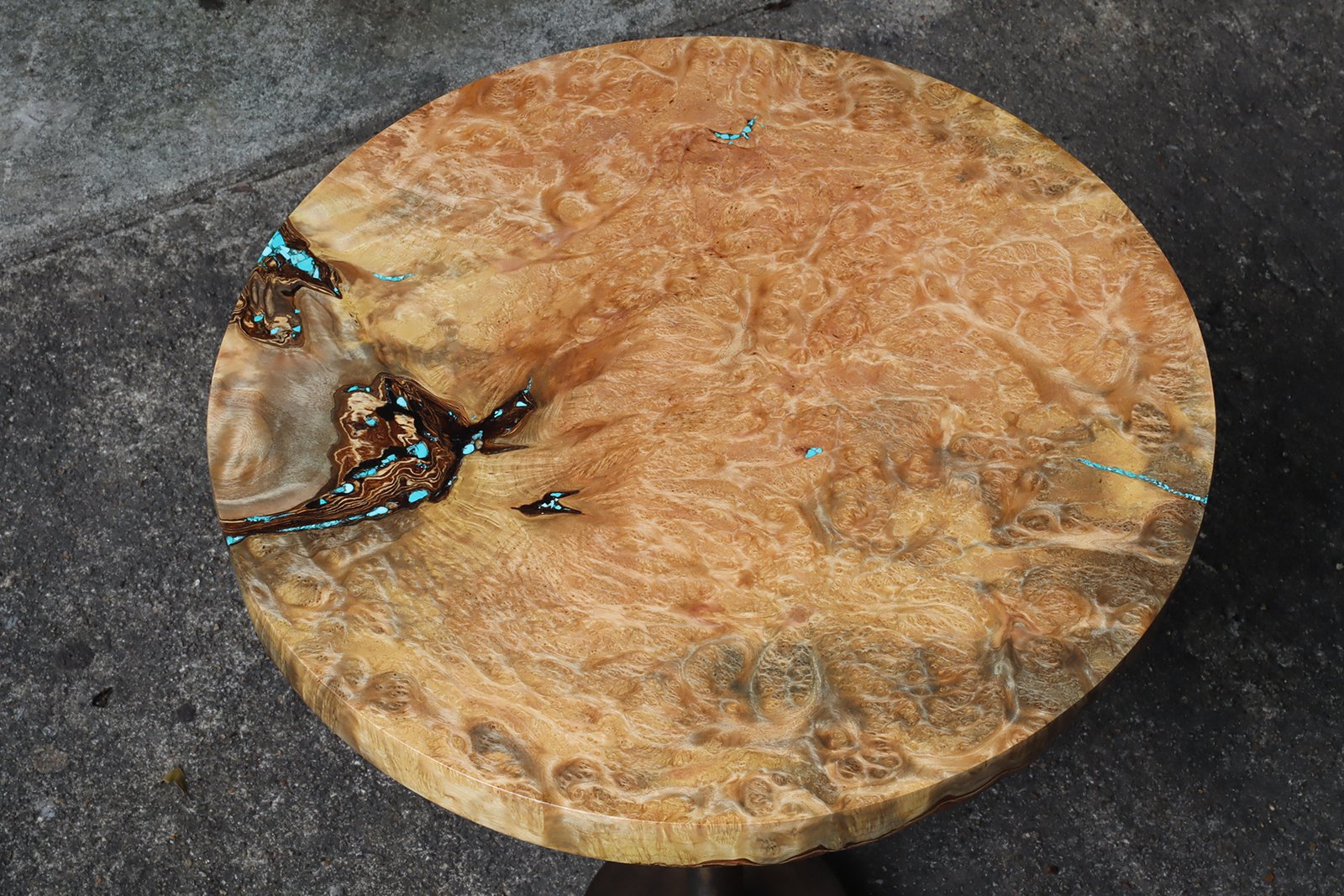

What is a burl?
You have probably already seen a burl, without knowing what it was. If you have ever noticed a large lump / growth / deformation on a tree trunk or a branch, it was most likely a burl.
In this post, I attempt to cover what a burl is, what it’s made out of, how it’s formed, which trees are bound to develop burls, and why it is so uniquely beautiful.
WHAT IS A BURL?
A burl is an unusual assortment of tree cells, which are called callus tissue.
Typically, callus tissue is formed by a tree in response to an environmental injury, for example, a pruning cut, sickness, or bug attack. In the forest, callus frequently comes after damage from a storm harm that has eroded away or deposited more soil around the tree’s trunk.
A typical example of callus is the tissue that rolls or closes over the edges of a decent pruning slice to close the injury.
HOW ARE BURLS USED?
Burls are also sought out by wood lovers for the exceptional beauty when used as presentation boards, inlays, turned into bowls or spindle artworks or made into jewelry boxes.







